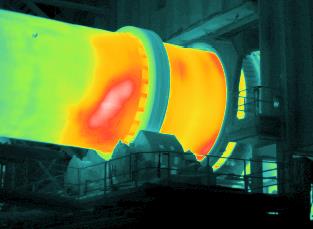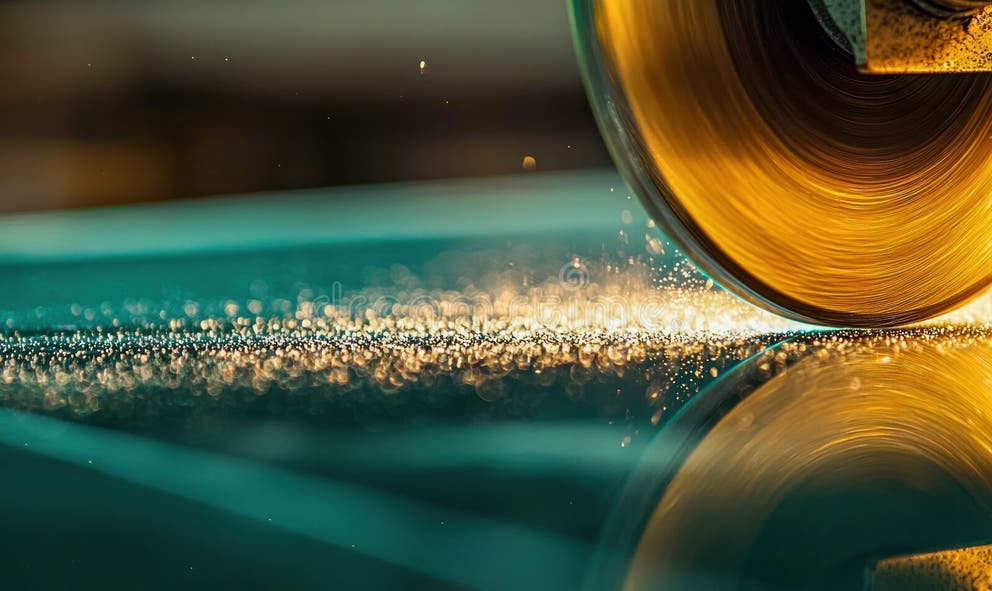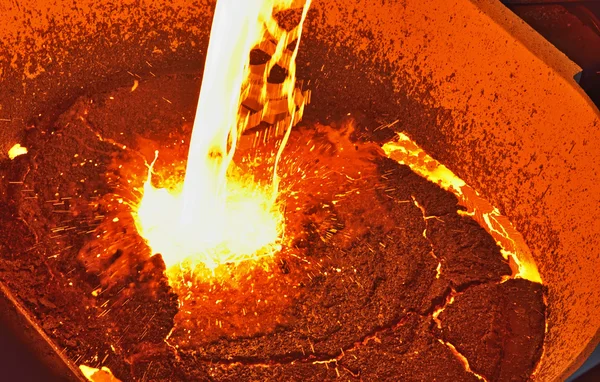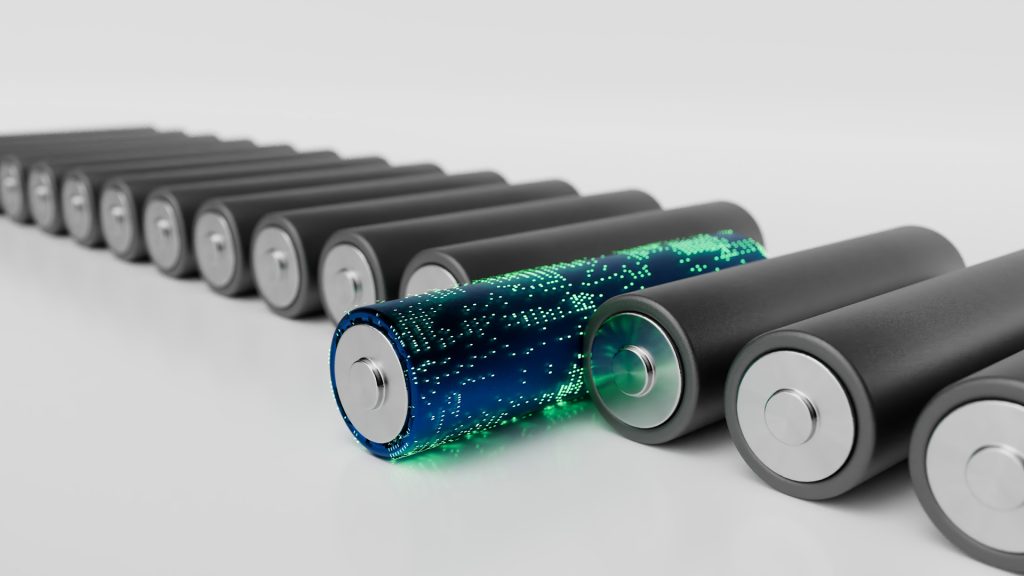The Alchemy of Industry: A Journey Through Farasic’s Material Mastery
Welcome to the heart of innovation, where raw elements transform into the backbone of modern engineering. Let’s explore how six marvels of science power the world around us.
Metallurgical SiC: The Dragon’s Breath of Steelmaking
Imagine a roaring furnace where steel meets its match. Metallurgical Silicon Carbide (SiC) is the unsung hero here. When added to molten metal, it becomes a dragon’s breath—releasing heat in a fierce exothermic reaction. This not only purifies steel by removing oxygen but also supercharges efficiency, cutting energy use by up to 30%. Forged at 2,200°C, SiC’s crystalline structure is tougher than diamond, making it the ultimate ally in producing high-strength alloys. From skyscrapers to wind turbines, its legacy is etched in steel.


Refractory SiC: The Guardian of Flames
Step into a cement kiln or glass furnace, where temperatures defy imagination. Refractory SiC stands guard here—a ceramic shield against 1,800°C infernos. Unlike traditional materials, it resists thermal shock like a seasoned warrior, expanding and contracting without cracking. Its secret? A covalent bond between silicon and carbon atoms, creating a lattice that laughs at corrosion and abrasion. From rocket nozzles to incinerators, it’s the silent sentinel of industrial heat.
Abrasive SiC: The Sculptor’s Chisel
In workshops worldwide, Abrasive SiC is the sculptor’s chisel. Crushed into sharp, angular grains, it slices through metal, glass, and stone with micron precision. Born from electric arc furnaces, its hardness (9.5 Mohs) rivals nature’s toughest gems. Whether polishing semiconductors or shaping turbine blades, SiC’s grit turns raw materials into works of engineering art.


Calcined Petroleum Coke: The Black Gold of Electrodes
Deep in aluminum smelters, a carbon giant awakens. Calcined Petroleum Coke (CPC), baked at 1,300°C to purge impurities, is the lifeblood of anodes. Its high carbon content (99%) conducts electricity like a superhighway, fueling the electrolysis that births aluminum from bauxite. Without CPC, your soda can or smartphone frame would remain buried ore.
Synthetic Graphite: The Electric Heartbeat
In the quiet hum of an EV battery, Synthetic Graphite stores tomorrow’s energy. Created by graphitizing CPC at 3,000°C, its layered structure lets lithium ions glide effortlessly, powering everything from Teslas to smartphones. But its talents don’t stop there—it’s also the crucible for silicon wafer production, the foundation of microchips. Lightweight, conductive, and heat-resistant, it’s the quiet pulse of the tech revolution.
